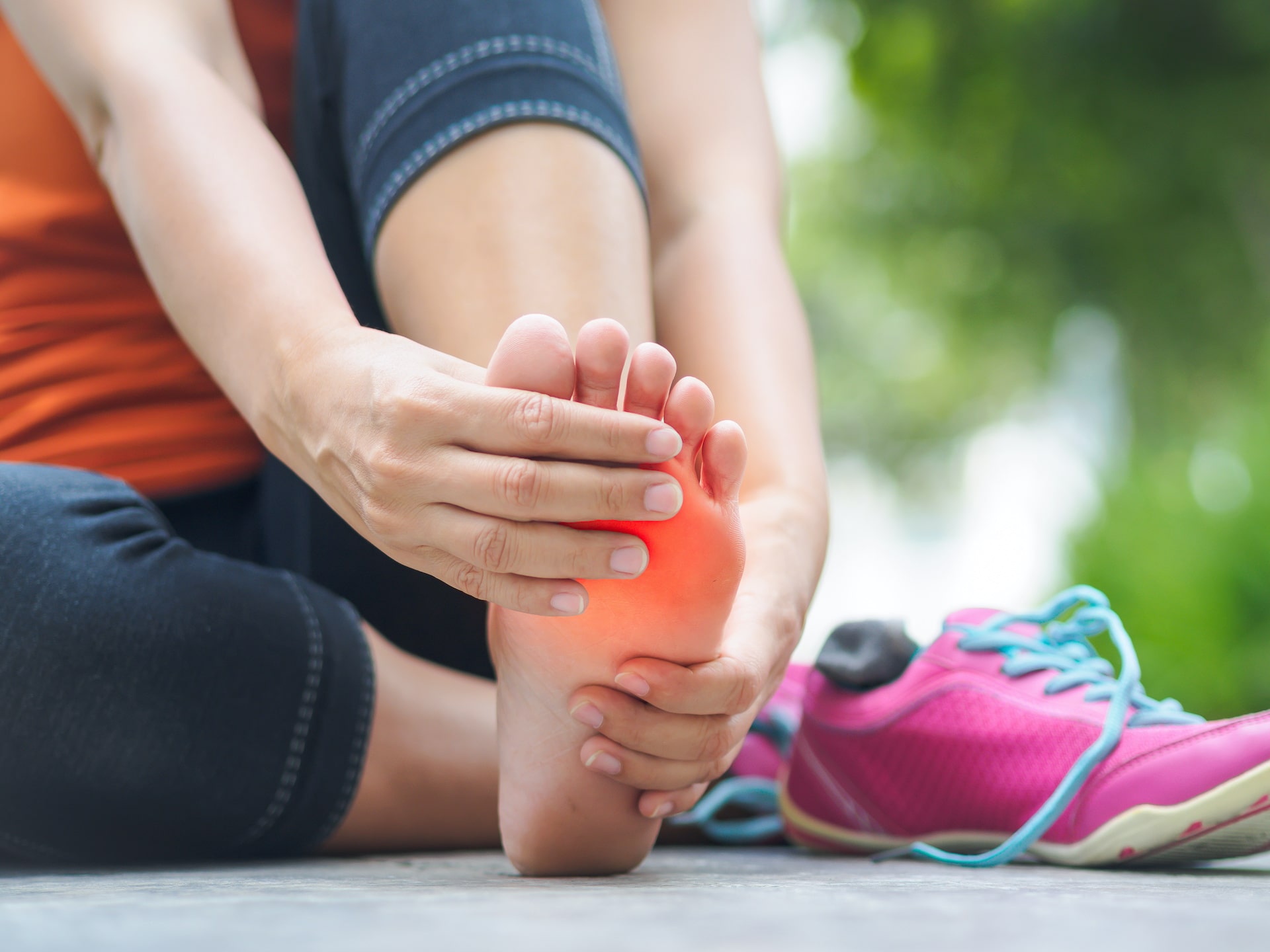Patience is a virtue in treating heel pain
For most athletes, a sidelining injury is cause for frustration and stress. In the absence of an obvious injury such as a fracture, heel pain is treated conservatively, and such treatment may take anywhere from six weeks to three months. In severe cases, it might even take six months to a year before the patient is pain-free. For many athletes, this could potentially disrupt the athletic season. However, interrupting treatment and returning to the sport early may result in prolonged or worsening symptoms, or even risk of a more severe injury. As a result, patience becomes a virtue — one that may require significant effort on the part of the athlete to endure.
The most common causes of heel pain in athletes
Although a traumatic injury may be the cause of some cases of heel pain, for most athletes the cause is either overuse, poor biomechanics, or a combination of the two. Overtraining is a fairly common cause of overuse injuries, as is lack of any sort of cross-training or exercises to balance out the body parts used during the primary athletic endeavor. As for poor biomechanics, excessive pronation or supination along with additional factors may also be the cause.
Common athletic heel pain diagnoses
After injuries such as obvious fractures are ruled out, your podiatrist will begin considering other injuries. The most common cause of athletic heel pain is plantar fasciitis. The hallmark of plantar fasciitis is that the heel pain becomes worse after rest when the athlete begins to walk. Often, but not always, plantar fasciitis develops after a sudden increase in training.
After causes such as plantar fasciitis have been ruled out, injuries such as calcaneal stress fractures may be considered, particularly if the pain occurs not only on the bottom of the heel, but also on both sides. A number of other injuries may also be responsible for heel pain in athletes, including tarsal tunnel syndrome, calcaneal neuritis, spinal radiculopathy, or tendinitis in various foot and ankle tendons.
Implementing a treatment plan
Once your podiatrist starts you on a treatment plan, it is important that not only you and the podiatrist are on board, but also that your coach, trainer, or others involved in your athletic activities are also aware of and compliant with your treatment. Everyone’s goal should be to have you return to your athletic activities as soon as possible, but safely and well healed. If your treatment plan requires that you abstain from your regular activities, alternatives may proposed in order to help you maintain your current level of conditioning.
For many patients, conservative treatment begins with ice packs or ice massage for several minutes after exercise or activity, as well as at other periods during the day. Depending on your injury, you may also be prescribed non-steroidal anti-inflammatory medications to help minimize pain and swelling. However, any icing regimen or medication use should be undertaken with your podiatrist’s supervision. Physical therapy is often an important aspect of heel pain treatment. Many also find significant relief from their heel pain by changing their shoes or using custom orthotics to help correct gait abnormalities.
Many heel pain sufferers find significant relief from a treatment called extracorporeal shockwave therapy (ESWT). ESWT has been shown to relieve the heel pain of well over 80 percent of patients who receive the treatment, and many are able to avoid more advanced treatments options as well. ESWT uses shockwaves delivered through a hand wand against the heel. The shockwaves result in microtraumas which stimulate healing and repair. For some patients, ESWT works so well that they begin to feel relief within just a treatment or two.
If you are an athlete who suffers from heel pain, call Kansas City Foot Specialists to learn more about your treatment options, including extracorporeal shockwave therapy. To schedule an appointment, call us today at (913) 338-4440.



